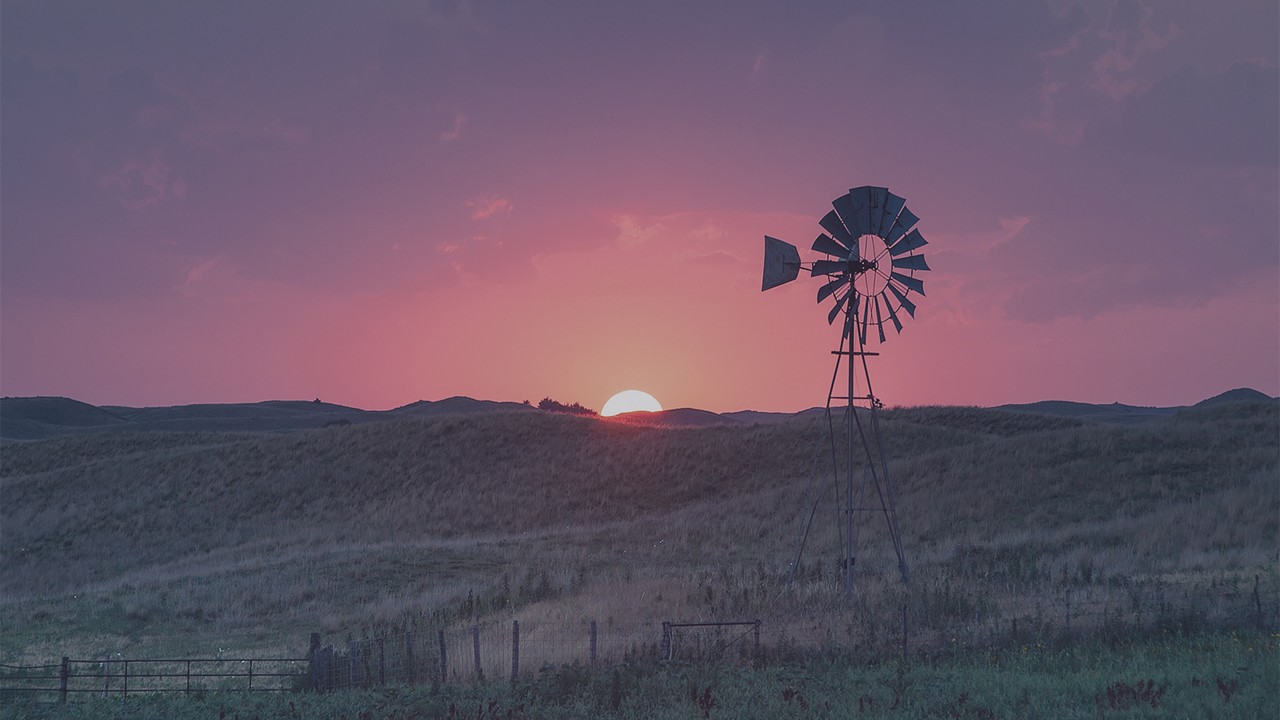North Central Nebraska

North Central Nebraska is a vast, sparsely populated region composed of nine counties; though it spans more than 14,000 square miles, it is home to less than 3% of the state’s population.
In the mid to late 1800s, homesteaders seeking to develop farms and ranches settled in North Central Nebraska. The region remains a predominantly agricultural area, with eastern counties focused on farming and western counties focused on ranching. North Central Nebraska sits atop the Ogallala aquifer, one of the world’s largest underground reservoirs. The aquifer stretches from South Dakota to Texas and serves as a major water supply for more than 2 million people across the Great Plains.
As the agriculture industry becomes more efficient and mechanized, the region’s population is shrinking and aging as many young people move to larger cities. Major concerns for the region include meeting the health needs of an aging population in an area with limited resources; protecting the unique environment; and ensuring water supply necessary to maintain the region’s agriculture industry. North Central Nebraska’s physician shortages and limited health care and public health funding create significant challenges to meeting residents’ needs. In response to these challenges, the North Central District Health Department (NCDHD)—established in 2001 as part of a grant to improve public health—provides services at schools and worksites. With respect to environmental health, multiple stakeholders are working together to preserve the region’s environment and wildlife.
